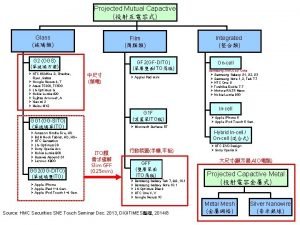FED TAPERING SAVINGS RATIO SAVINGS RATIO In the












- Slides: 12

FED TAPERING SAVINGS RATIO

SAVINGS RATIO In the last lesson we had discussed about the liquidity ratio and I hope you understood the explanation.

We would now discuss about the “Savings” ratio. So what is savings ratio?

SAVINGS RATIO It’s a very simple concept and stands for the amount of money that one saves at the end of every month expressed as a percentage of the monthly earnings

SAVINGS RATIO Just as the measure of our blood pressure gives us an idea about our health, in the same manner “savings ratio” gives us an indication about our financial health

So how is saving’s ratio calculated?

SAVINGS RATIO § It is a very simple calculation § All you need to do is divide your savings per month by the income per month § Let’s say your income per month is Rs 100, 000 and your savings per month is Rs 10, 000 § Then your saving’s ratio is (10, 000/100, 000)%=10%

How much should our savings ratio be?

SAVINGS RATIO The percentage of saving’s ratio depends upon one’s age. For a young person of 30 years who has lifestyle and EMI expenses a savings ratio of 10% would be good enough. As one grows older and as salary level goes up, the savings ratio of 25% would be reasonable. However after 50 when one would’ve finished the EMI cycles a savings ratio of more than 30% would be healthy. In contrast a savings ratio of less than 5% would suggest that one’s financial health is fragile.

SAVINGS RATIO Hope this lesson has succeeded in clarifying the significance of “savings” ratio

Please give me your feedback at professor@tataamc. com

DISCLAIMER The views expressed in this lesson are for information purposes only and do not construe to be any investment, legal or taxation advice. The lesson is a conceptual representation and may not include several nuances that are associated and vital. The purpose of this lesson is to clarify the basics of the concept so that readers at large can relate and thereby take more interest in the product / concept. In a nutshell, Professor Simply Simple lessons should be seen from the perspective of it being a primer on financial concepts. The contents are topical in nature and held true at the time of creation of the lesson. This is not indicative of future market trends, nor is Tata Asset Management Ltd. attempting to predict the same. Reprinting any part of this material will be at your own risk. Tata Asset Management Ltd. will not be liable for the consequences of such action. Mutual Fund investments are subject to market risks, read all scheme related documents carefully.























